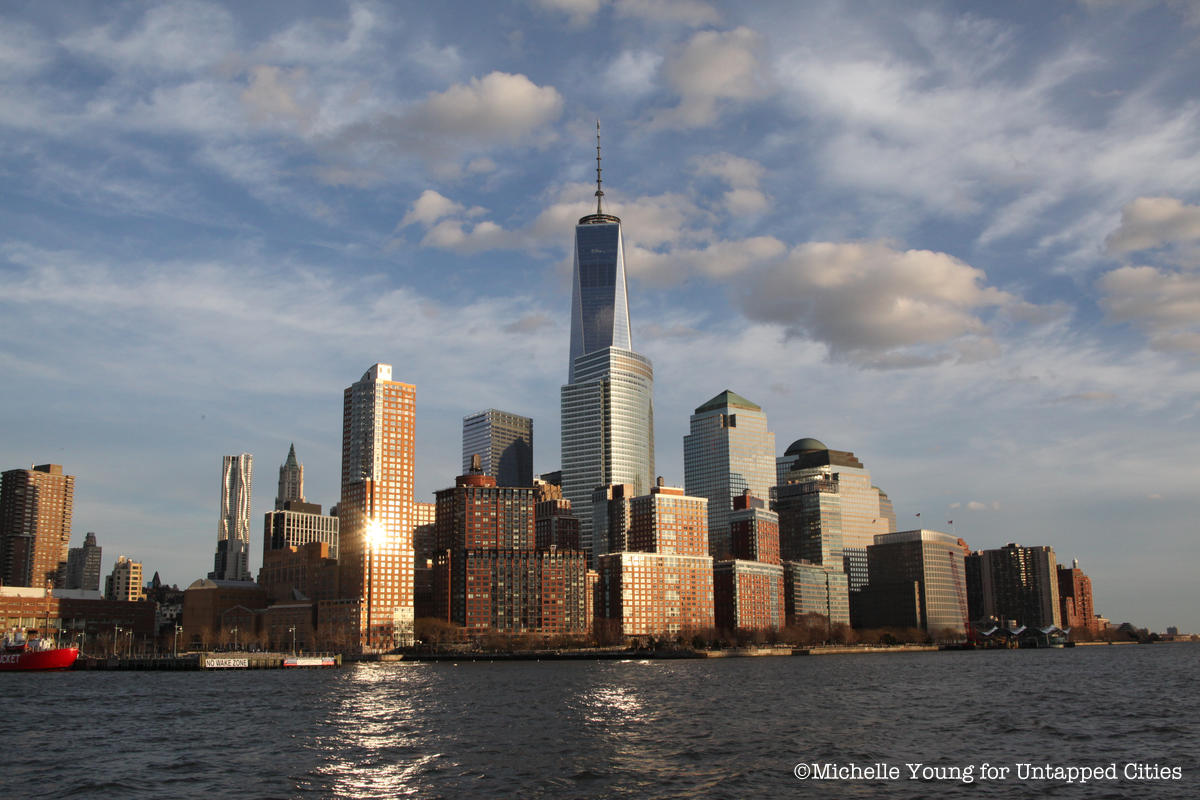
The official bid for Amazon HQ2 rages on. Following a showy display of lights in October, New York City is officially on the shortlist to serve as the new home to the tech giant’s second headquarters. Should The Big Apple beat out Atlanta, Boston, Austin and a host of other cities vying for the honor, Amazon HQ2 could potentially be built on top of a landfill near Battery Park City.
As a major finance and tech hub, The Financial District is unsurprisingly one of four suggested building areas in New York City, which include Midtown West (Hudson Yards); Long Island City and the “Brooklyn Tech Triangle” (DUMBO, the Brooklyn Navy Yard and Downtown Brooklyn). The area, however, doesn’t nearly offer as much room to build compared to neighborhoods like Hudson Yards, which is currently in the midst of development.
The solution, according to Charles H. Urstadt, who was the chief executive of the Battery Park City Authority, is to construct a 60-acre parcel of land that could actually be given to Amazon for its 8.5 million-square-feet offices. He shares a bit of his vision in The Broadsheet:
Using fill to extend Battery Park City beyond its current northern border (roughly at Chambers Street) by half a mile (to a point just below Canal Street) would create more than 60 acres of additional new land in Tribeca, one of the most desirable residential and business districts in the United States. This would be more than room enough to build twice the square footage of offices that Amazon envisions, and still have space left over for apartment towers to house its employees (and even those of its subcontractors), while also constructing a beautiful series of parks and open spaces. This plan would create a sylvan, campus-like blank slate — all overlooking the Hudson River — on which Amazon could design its own ideal headquarters.
Urstadt argues that the task would be easy to carry out from “an engineering perspective.” Additionally, it’s a cost effective move as the parcel would operate on a land lease system just like the one Battery Park City was founded upon. This means Amazon developers would pay an annual ground rent for the space that they could later develop as they see fit. According to Urstadt, this would “always be lower than Amazon’s cost to acquire land or buildings.”
Next, check out Iconic NYC Buildings Light up in ‘Amazon Orange’ in Support of Bid for Amazon’s Second Headquarters.





